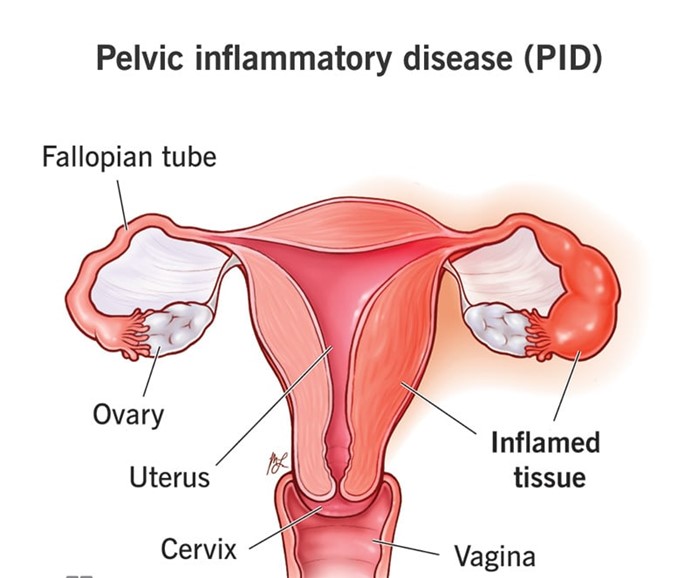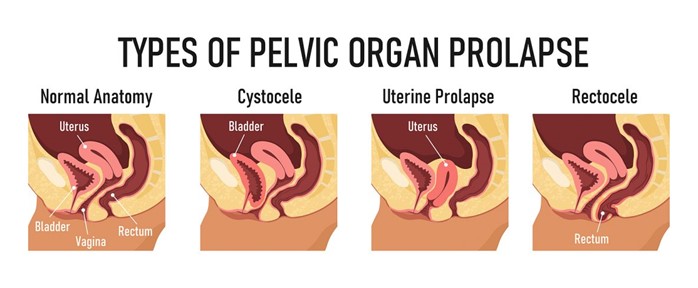A nurse is reinforcing teaching about self-care with a client who has pelvic inflammatory disease. The client does not speak English. Which of the following actions by the nurse is appropriate?
Ask the client's English-speaking family member to translate.
Use a translation dictionary to reinforce the teaching.
Seek assistance from a facility-approved interpreter.
Ask an assistive personnel (AP) who speaks the client's language to serve as an interpreter.
The Correct Answer is C
Choice A: Ask the client's English-speaking family member to translate. This action is not appropriate because it may compromise the accuracy and confidentiality of the information. The family member may not have sufficient medical knowledge or vocabulary to translate correctly or may omit or alter some details due to personal bias or embarrassment.
Choice B: Use a translation dictionary to reinforce the teaching. This action is not appropriate because it may be time-consuming and ineffective. The translation dictionary may not have all the relevant terms or phrases or may provide inaccurate or ambiguous translations. The nurse may also lose the client's attention or interest by relying on the dictionary.
Choice C: Seek assistance from a facility-approved interpreter. This action is appropriate because it ensures the quality and clarity of the communication. The facility-approved interpreter is a professional who has the skills and training to provide accurate and unbiased translation of the information. The interpreter can also facilitate the interaction and feedback between the nurse and the client.
Choice D: Ask an assistive personnel (AP) who speaks the client's language to serve as an interpreter. This action is not appropriate because it may violate the scope of practice and ethical standards of the AP. The AP may not have the qualifications or authority to provide interpretation services or may have a conflict of interest or role confusion with the client. The AP may also have other duties or responsibilities that may interfere with the interpretation process.

Nursing Test Bank
Naxlex Comprehensive Predictor Exams
Related Questions
Correct Answer is ["B","C","D","E"]
Explanation
Choice A: Fecal incontinence is not the correct answer because it is not a disorder of pelvic organ prolapse. Fecal incontinence is a condition that causes the loss of bowel control, resulting in involuntary leakage of stool or gas. It can be caused by various factors such as nerve damage, muscle weakness, or diarrhea. It is not related to the displacement or descent of pelvic organs.
Choice B: Rectocele is the correct answer because it is a disorder of pelvic organ prolapse. Rectocele is a condition that occurs when the rectum bulges or sags into the vagina, creating a pouch or hernia. It can cause symptoms such as constipation, difficulty with bowel movements, or a feeling of pressure or fullness in the vagina. It is caused by the weakening or stretching of the pelvic floor muscles and connective tissue that support the rectum and vagina.
Choice C: Urinary incontinence is the correct answer because it is a disorder of pelvic organ prolapse. Urinary incontinence is a condition that causes the loss of bladder control, resulting in involuntary leakage of urine or urge to urinate. It can be caused by various factors such as stress, infection, or medication. It is also related to the displacement or descent of pelvic organs, such as the bladder or urethra, which can affect the function and closure of the urinary sphincter.
Choice D: Cystocele is the correct answer because it is a disorder of pelvic organ prolapse. Cystocele is a condition that occurs when the bladder protrudes or drops into the vagina, creating a pouch or hernia. It can cause symptoms such as urinary frequency, urgency, or retention, or a feeling of pressure or fullness in the vagina. It is caused by the weakening or stretching of the pelvic floor muscles and connective tissue that support the bladder and vagina.
Choice E: Enterocele is the correct answer because it is a disorder of pelvic organ prolapse. Enterocele is a condition that occurs when the small intestine bulges or descends into the vagina, creating a pouch or hernia. It can cause symptoms such as lower back pain, pelvic pressure, or difficulty with bowel movements. It is caused by the weakening or stretching of the pelvic floor muscles and connective tissue that support the small intestine and vagina.

Correct Answer is B
Explanation
Choice A: Upper back pain is not the correct answer because it is not a common finding associated with uterine fibroids. Upper back pain is a feeling of discomfort or ache in the upper part of the back, between the shoulder blades, or below the neck. It can be caused by various factors such as muscle strain, poor posture, or spinal problems. It is not related to the presence or growth of benign tumors in the uterus.
Choice B: Chronic pelvic pain is the correct answer because it is a common finding associated with uterine fibroids. Chronic pelvic pain is a feeling of discomfort or ache in the lower abdomen or pelvis that lasts for more than six months. It can be caused by various factors such as endometriosis, ovarian cysts, or infection. It is also related to the presence or growth of benign tumors in the uterus, which can press on nerves, blood vessels, or organs and cause inflammation, bleeding, or scarring.
Choice C: Amenorrhea is not the correct answer because it is not a common finding associated with uterine fibroids. Amenorrhea is a condition that causes the absence of menstrual periods for more than three months in a woman who is not pregnant, breastfeeding, or menopausal. It can be caused by various factors such as hormonal imbalance, stress, or weight loss. It is not related to the presence or growth of benign tumors in the uterus, which can cause heavy or irregular menstrual bleeding instead.
Choice D: Diarrhea is not the correct answer because it is not a common finding associated with uterine fibroids. Diarrhea is a condition that causes loose, watery, or frequent stools. It can be caused by various factors such as infection, medication, or food intolerance. It is not related to the presence or growth of benign tumors in the uterus, which can cause constipation or bloating instead.
Whether you are a student looking to ace your exams or a practicing nurse seeking to enhance your expertise , our nursing education contents will empower you with the confidence and competence to make a difference in the lives of patients and become a respected leader in the healthcare field.
Visit Naxlex, invest in your future and unlock endless possibilities with our unparalleled nursing education contents today
Report Wrong Answer on the Current Question
Do you disagree with the answer? If yes, what is your expected answer? Explain.
Kindly be descriptive with the issue you are facing.
